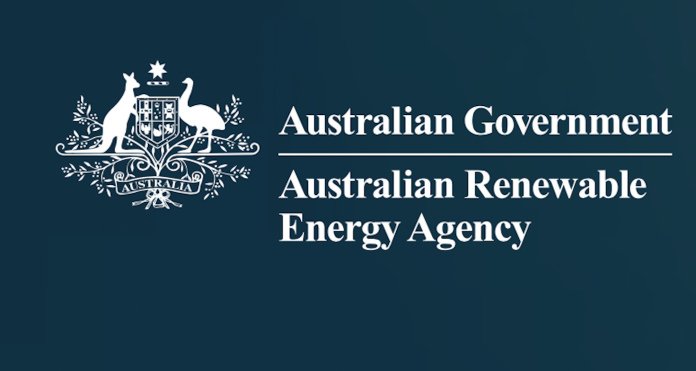
Media Release by ARENA
On behalf of the Australian Government, the Australian Renewable Energy Agency (ARENA) has today announced up to $45 million in funding to the Australian Centre for Advanced Photovoltaics (ACAP) to extend operations of their cutting edge solar photovoltaic (PV) research to 2030. The award of such funding is subject to execution of a funding agreement on terms acceptable to the Government.
Delivered by the University of New South Wales (UNSW) School of Photovoltaic and Renewable Energy Engineering, ACAP includes research groups at CSIRO, Australian National University, University of Melbourne, University of Queensland, University of Sydney and Monash University.
ACAP was designed to provide an institutional framework for a coordinated, national approach to solar PV research in Australia. It aims to develop “over the horizon” PV technology to create a pipeline of improved technology for increased performance and ongoing cost reduction.
The original funding agreement was executed by the former Australian Solar Institute in 2012 and transferred to ARENA in 2013, with $83.99 million of ARENA funding allocated to date.
ACAP is a critical foundation of Australia’s world leading research and development capability in solar PV, with benefits for emissions reductions in Australia and globally. Solar technology developed by Professor Martin Green at UNSW is embedded in 90 per cent of the current silicon module panel production worldwide, with his research also having supported Australia holding world records for efficiency for 30 of the last 38 years.
ACAP’s research program supports ARENA’s ambitious goal of Solar 30 30 30 to improve solar PV cell efficiency to 30 per cent and reduce the cost of installation of solar modules to 30 cents a watt by 2030.
In January, ARENA also launched a $40 million competitive funding round for ultra low cost solar research and development, highlighting the importance of advancing solar research and technology to reduce costs.
ACAP has a strong record of industry partnerships, fostering the spin-out of Australian companies such as Open Instruments, Solar Vision, Solar Cycle and SunDrive, and partnering with leading Australian innovators including 5B, Sun Cable, Bluescope and Raygen.
ARENA CEO Darren Miller said the funding would ensure ACAP remains as one of the world’s top research centres for innovation in solar energy and solar PV technology.
“Solar has experienced significant efficiency improvements and cost reductions over the past decade and ACAP occupies a central position in Australia’s research efforts in this area. ARENA is excited to continue its long-standing support of the ACAP to develop the next generation of ultra low cost solar technologies.
“Australia is a world leader in solar PV innovation, punching far above its weight. Through the funding for ACAP, we are ensuring that university research groups will continue to underpin education and training, and ensure that Australia remains at the forefront of the PV industry well into the future,” he said.
“For Australia to really succeed in a net zero world, we need to see continued innovation in solar PV to power the rest of the energy transition. Ultra low cost solar will be key to enabling Australia’s energy transition and emissions reduction efforts, as it will help to lower the input costs for green hydrogen, low emissions metals and other large scale clean energy opportunities across all sectors as we move to net zero,” Mr Miller said.
UNSW Professor Martin Green said: “The next decade promises to be the most exciting and important in solar PV, ever, with massively increased uptake and technological change. With ARENA’s support, we will continue our world class technology development including more efficient and powerful cell technologies, and growing a sustainable solar sector at scale.”
UNSW Professor Renate Egan said: “We’re looking forward to working with ARENA to deliver low-cost solar technologies through ongoing research. Solar is going to be a big part of our energy future,” she said, “and we’re really only just beginning.”
Image Credit: arena.gov.au



















